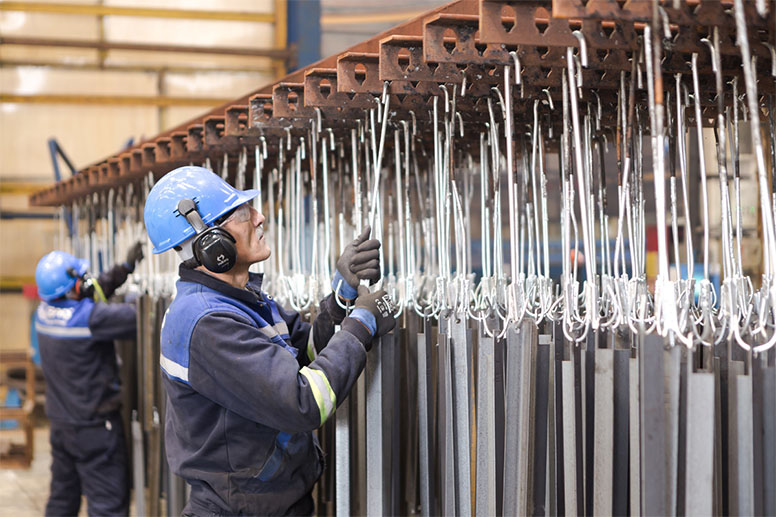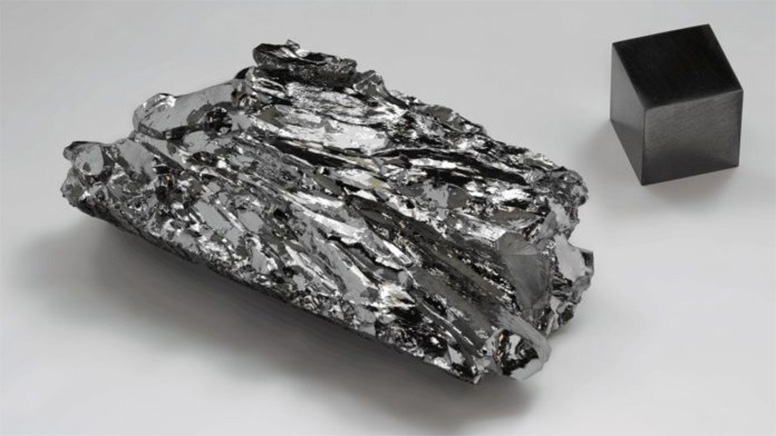Hot Dip Galvanizing
The recorded history of Galvanising goes back to 1742 when a French chemist named P.J. Malouin, in a presentation to the French Royal Academy, described a method of coating iron by dipping it in molten zinc.
In 1836, Stanilaus Tranquille Modeste Sorel, another French chemist, obtained a patent for a means of coating iron with zinc, after first cleaning it with 9% sulfuric acid and fluxing it with ammonium chloride. A British patent for a similar process was granted in 1837. By 1850, the British Galvanising industry was using 10,000 tons of zinc a year for the protection of steel.
Galvanising is found in almost every major application and industry where iron or mild steel is used. The utilities, chemical process, pulp and paper, automotive, and transportation industries, to name just a few, historically have made extensive use of Galvanising for corrosion control. They continue to do so today. For over 150 years, hot-dip Galvanising has had a proven history of commercial success as a method of corrosion protection in myriad applications worldwide.


Zinc. . .
· Zinc has a self-healing mechanism in it. The zinc coating sacrifices itself slowly by galvanic action to protect the base steel. This sacrificial action continues as long as any zinc remains in the immediate area.
· Zinc melts at 420 C, and boils at 907 C.
· Zinc comprises an estimated 0.004% of the Earth’s crust.
· Zinc ranks 25th in order of material abundance in the Earth.
· Zinc is essential for the growth and development of almost all life: between 1.4 and 2.3 grams of zinc are to be found in the average, healthy adult.

